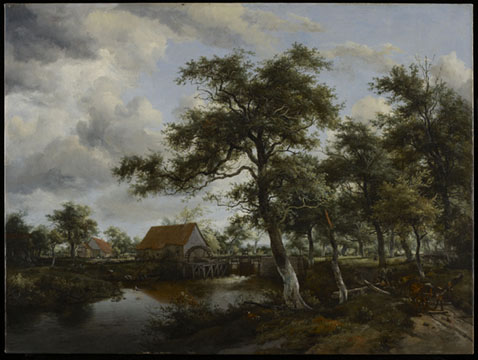Deborah Baker, conservator of archival materials, is methodically restoring the archives of the Tulsa Foundation for Architecture, preserving thousands of irreplaceable drawings from the city’s oil-boom history.
Read the article in the Tulsa World.
“The drawings include floor plans, sections and elevations for some of the most iconic landmarks in Tulsa, from downtown skyscrapers to Southern Hills Country Club. In many cases, where historic structures have been torn down, these drawings offer the only surviving records that show how the buildings looked. Unfortunately, no one ever expected to keep these drawings forever, and many of them have been folded, creased, torn and taped back together.
“These are working drawings that people rolled up and took to construction sites,” Baker says. “You’ll see coffee stains and cigarette burns. And you see a lot of stuff like this,” she says, picking up a floor plan that has been Scotch-taped together. “It’s probably been like this for 50 years.”
Carefully, millimeter by millimeter, Baker removes one piece of tape to expose a tear in the yellowed drawing. She’ll use wispy Japanese tissues to fill in the gap, painstakingly cutting and pasting the new section of paper until it fits perfectly with the old part….
The foundation hopes to relocate later this year, taking the archives to a larger space where some of the drawings will go on display for the first time.
“These are truly works of art,” says Executive Director Lee Anne Zeigler. “People are going to be amazed at the detail and intricacies, all done by hand.” Her favorites include the elaborate, art deco elevations of the Medical Arts Building, designed in 1927 by well-known architect Joseph Koberling. Standing at Sixth Street and Boulder Avenue, it was knocked down in the early 1980s to make room for ONEOK Plaza.
“Look at this detail,” Zeigler says, pointing at the decorative chain links that supported the awning over the Medical Arts entrance. “A draftsman must have spent hours and hours on this one little section. You would never see that done today.”
The foundation’s archives include more than 35,000 original drawings, most dating from the early 1900s through the 1970s, when computer-assisted design began to replace hand drawings….
A federal grant last year allowed the foundation to bring in a specialist to help restore the archives [and to train staff in preservation and basic stabilization techniques].”











